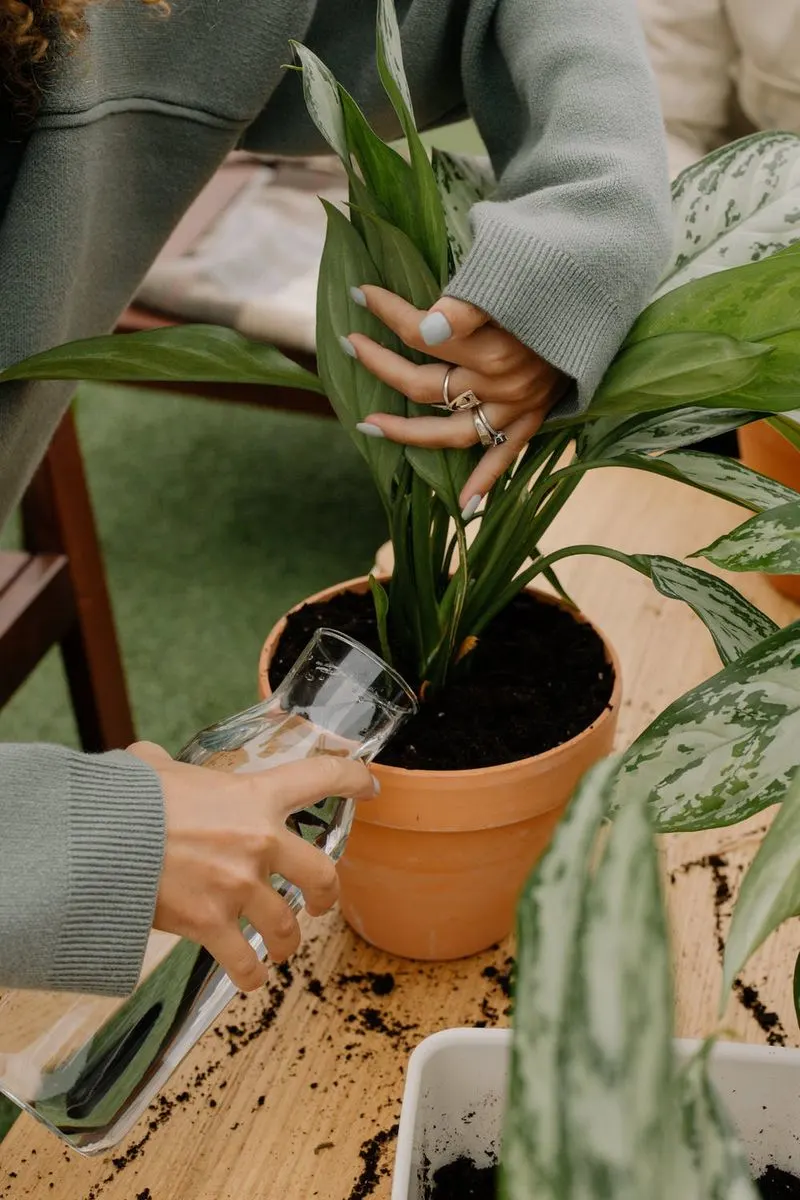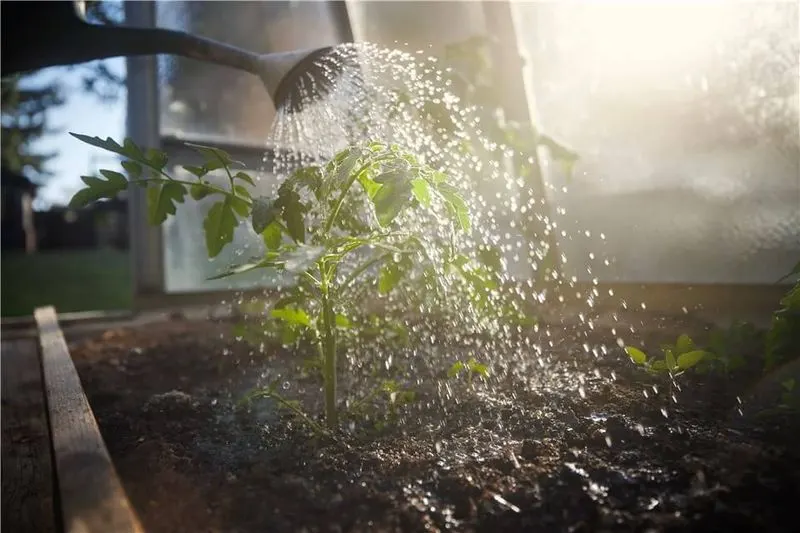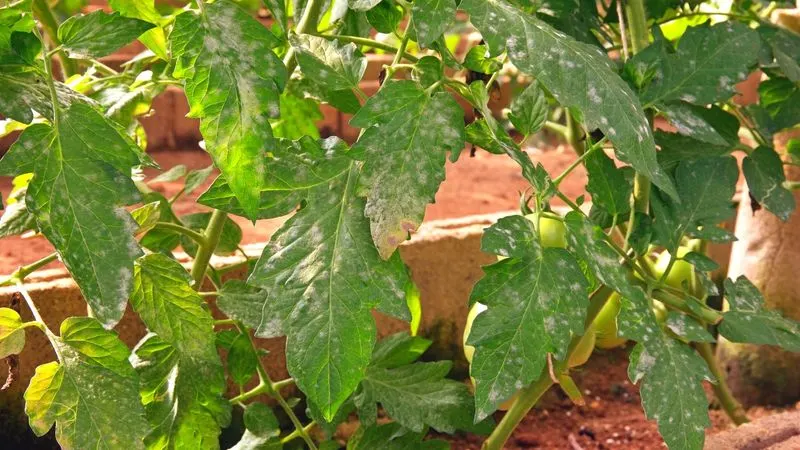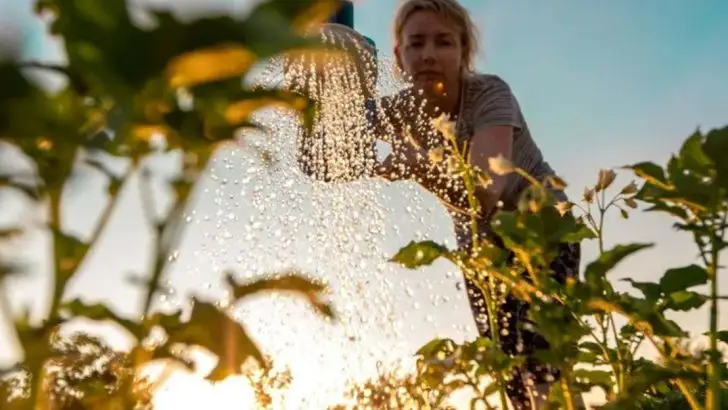Most plants don’t die from thirst. They drown in love. You think you’re helping—hose in hand, daily drizzle, maybe even twice a day when it’s hot. But overwatering is the silent killer of gardens. Roots rot. Leaves yellow. Fungi throw a party. All because we care too much. The truth? Your plants need less pampering and more tough love. They want a drink, not a flood. They crave deep, infrequent soakings—not constant spritzes that barely touch the roots. Let’s break the habits that break your plants. Because the road to compost is paved with good intentions.
Overwatering

Overwatering is like giving your plants a deluge when all they need is a drizzle. Many believe more water equates to healthier plants, but roots suffocate without oxygen. Plants need air pockets in the soil for proper growth. This practice can lead to root rot, where roots drown and decay. Think of it as an overly generous gesture that backfires. To avoid this, always check if the topsoil is dry before watering again. Remember, less is often more when it comes to watering!
Watering at Noon

Watering during the hottest part of the day can scorch your plants. At noon, the sun’s intensity can cause water to evaporate before it nourishes the roots. This means plants are left thirsty and stressed. Imagine your plant reaching for a drink, only to have it evaporate. The ideal time is early morning or late afternoon when evaporation rates are lower. This timing ensures that water seeps into the soil, hydrating the plants thoroughly. Adjusting your routine can make a world of difference for robust, lively plants.
Using Cold Water

Using cold water can shock plants, particularly those accustomed to warmer climates. The sudden temperature difference can cause stress, leading to wilting or leaf drop. Imagine taking an icy shower unexpectedly—it’s jarring! Plants, especially tropical ones, thrive best with lukewarm water. It mimics their natural environment, promoting steady growth. To avoid this shock, let water sit in your watering can, reaching room temperature before use. This small step respects your plant’s needs, ensuring they’re comfortable and thriving.
Watering Leaves Instead of Roots

Focusing on watering leaves can lead to fungal diseases like powdery mildew. Moist leaves create a breeding ground for harmful spores. Picture leaves as umbrellas—they deflect water away from where it’s needed. The roots are the plant’s lifeline, absorbing nutrients and water. Always direct water to the base of the plant, ensuring it reaches the roots. This approach prevents disease and promotes healthier growth. With a little aim and precision, your plants can thrive without unnecessary dampness on their foliage.
Inconsistent Watering Schedule

Inconsistent watering confuses plants, causing stress and uneven growth. Imagine trying to hydrate on a whim, sometimes too much, other times too little. Plants need regularity to establish strong roots and foliage. Without a consistent schedule, they can become weak and prone to disease. Setting a routine based on plant type and climate is key. Consistency ensures plants receive the right amount of moisture for optimal health. Establish a schedule that fits your lifestyle, and watch your garden flourish with balanced hydration.

